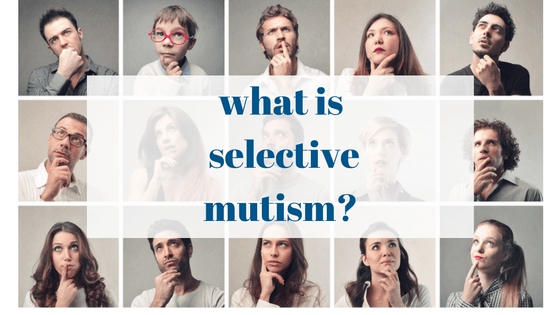The essential feature of selective mutism is the persistent failure to speak in specific social situations where speaking is expected, despite speaking in other situations. The disturbance interferes with educational or occupational achievement or with social communication. The disturbance lasts for at least one month and is not limited to the first month of school during which time children may be shy and reluctant to speak.
Instead of communicating by standard verbalization, individuals with this disorder may communicate by gestures, nodding or shaking their head, or pulling or pushing, or in some cases by monosyllabic, short or monotone utterances, or in an altered voice.
The failure to speak is not due to a lack of knowledge of or comfort with the spoken language required in the social situation. Disturbance is not better accounted for by embarrassment related to having a communication disorder such as stuttering.
References
Gerrig, Richard J. & Philip G. Zimbardo. Psychology And Life, 16/e. Published by Allyn and Bacon, Boston, MA. Copyright (c) 2002 by Pearson Education. Reprinted by permission of the publisher at http://apa.org/research/action/glossary.aspx
American Psychiatric Association. (2013). Diagnostic and statistical manual of mental disorders: DSM-5. Washington, D.C: American Psychiatric Association.


